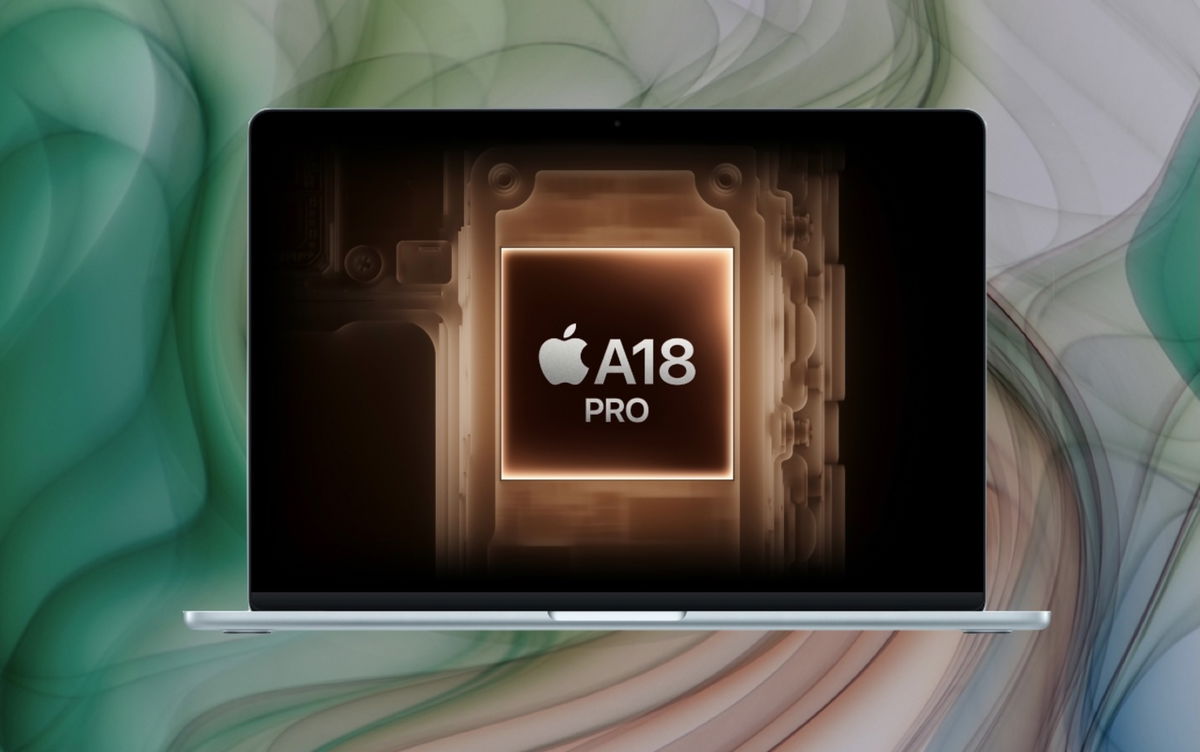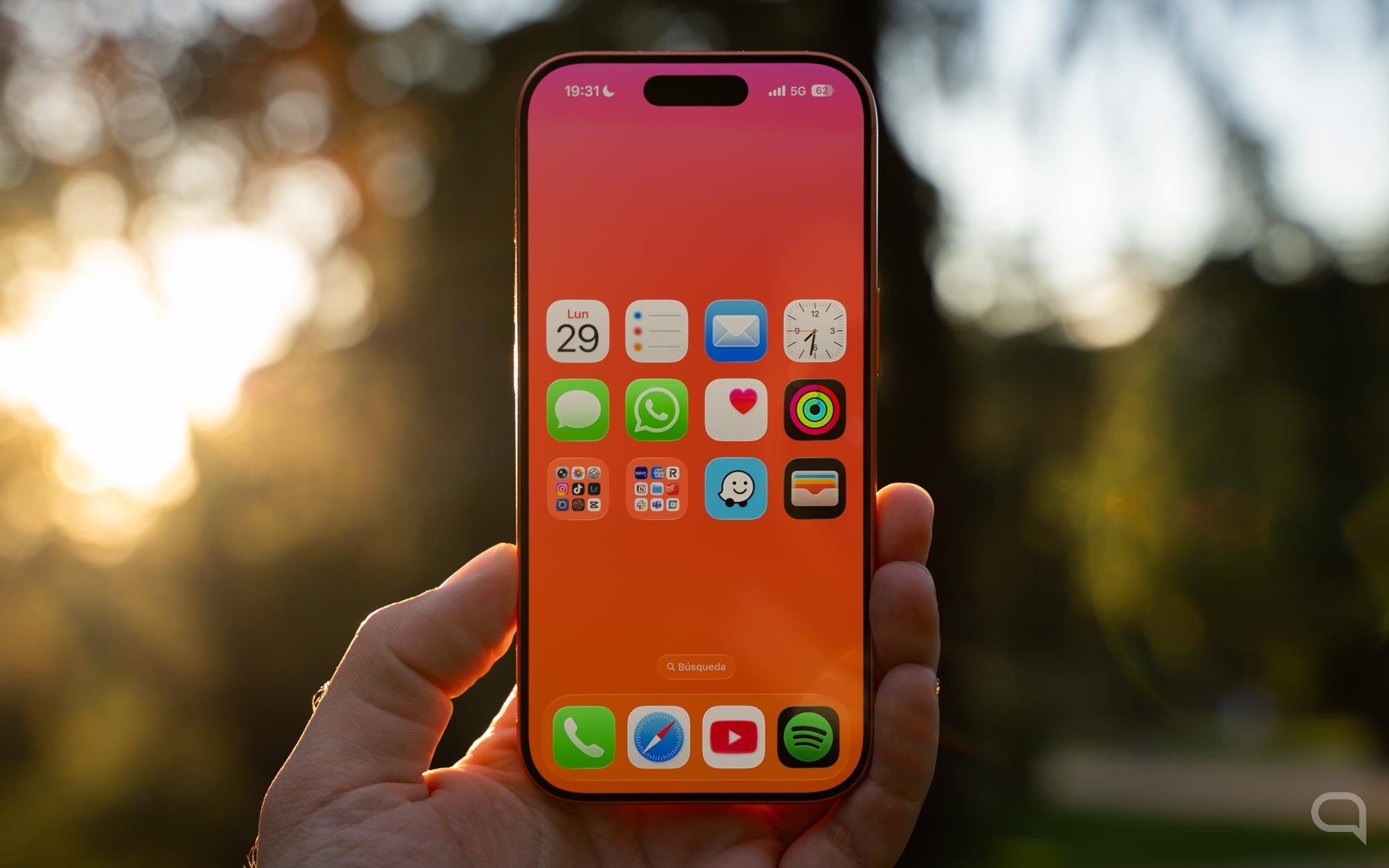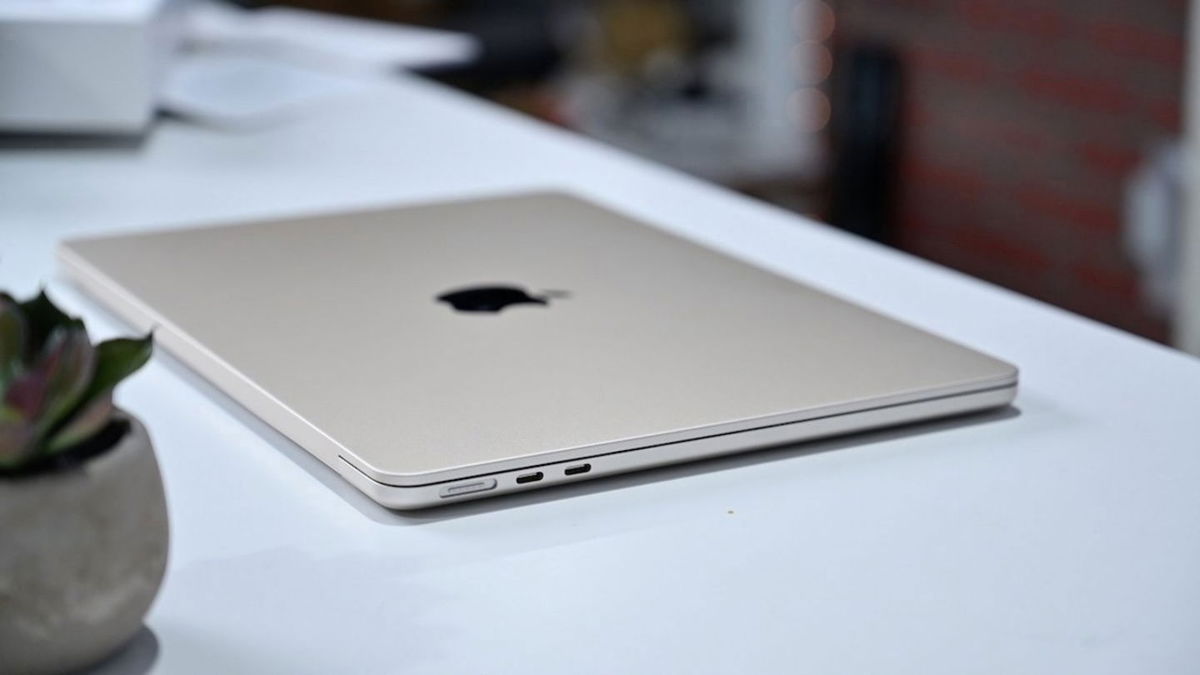Xiaomi aims to conquer the middle class with the Redmi Note 13 series, the flagship model of which is Redmi Note 13 Pro Plus. In this comparison, we compare it with POCO.
POCO X6 Pro vs Redmi Note 13 Pro Plus: which is better?
| POKO X6 Pro | Redmi Note 13 Pro+ | |
| Screen | AMOLED 6.67″ 2K+ (2712 x 1220p, 446 ppi), 120 Hz
Gorilla Glass 5 Maximum brightness 1800 nits |
AMOLED 6.67″ 2K+ (2712 x 1220p, 446 ppi), 120 Hz
Gorilla Glass Victus Maximum brightness 1800 nits |
| Cameras | 64 MP f/1.7 main 8 MP f/2.2 wide-angle 2 MP f/2.4 macro
16 MP f/2.4 for selfies |
Main 200 MP f/1.7
8 MP f/2.2 wide angle 2 MP f/2.4 macro Selfie 16 MP f/2.4 |
| CPU | Mediatek Dimensity 8300 Ultra (4 nm) | Mediatek Dimensity 7200 Ultra (4 nm) |
| RAM and storage | 8 GB/256 GB, 12 GB/256 GB, 12 GB/512 GB | 8 GB/256 GB, 12 GB/256 GB, 12 GB/512 GB |
| Battery | 5000 mAh, fast charging 67 W. | 5000 mAh, fast charging 120 W. |
| Dimensions | 160.5 x 74.3 x 8.3 mm, 6.56 oz (190 g) | 161.4 x 74.2 x 8.9 mm, 7.02 oz (204.5 g) |
| OS | Android 14 with HyperOS | Android 13, upgradable to Android 14 with HyperOS |
| Connectivity | Bluetooth 5.4, NFC | Bluetooth 5.3, NFC |
| Networks | 2G – 3G – 4G – 5G | 2G – 3G – 4G – 5G |
| Price | 5399 pesos at Xiaomi
4058 pesos on Amazon |
12,999 pesos at Xiaomi
7489 pesos at Xiaomi |
POCO X6 Pro vs Redmi Note 13 Pro Plus: display and design
In the screen section, it should be noted that the differences between one device and the other are almost zero, and both panels have the same size, technology, resolution, and also reach the same maximum brightness of 1800 nits.
In terms of design, we think the curved edges of the Redmi Note 13 Pro+ display are more aesthetically pleasing. However, some users may find the completely flat screen of the POCO X6 Pro more attractive, which arguably looks much better when playing video games. Also note that the Redmi Note 13 Pro Plus has a harder glass screen.
POCO X6 Pro vs Redmi Note 13 Pro Plus: who has the better camera?

Both phones have a very similar camera configuration, however, at first glance, you will notice that the Redmi Note 13 Pro Plus has a 200-megapixel sensor, which should theoretically produce much more detailed results than the POCO X6 Pro’s 64-megapixel lens. Comparing the results obtained with each phone, we see very similar photos. The same thing happens with the other lenses (telephoto and macro), as well as with the selfie camera.
We notice noticeable differences in the video section where we notice that POCO tells you what to focus on.
POCO X6 Pro vs Redmi Note 13 Pro Plus: performance and autonomy
Regarding the performance of each mobile phone, standardized tests show that POCO Despite this difference, in the gaming section, you will have almost the same gaming configuration on both phones as both are capable of running games like PUGB with HDR graphics and over 60 frames per second.
As for the battery, both devices have almost the same autonomy, but the Redmi Note 13 Pro Plus will charge much faster.
POCO X6 Pro vs Redmi Note 13 Pro Plus: which is better?
From our point of view, it’s hard to lean towards the Redmi Note 13 Pro Plus, seeing the fantastic set of features that the POCO X6 Pro packs. Also, the price difference between one and the other is significant enough to choose POCO.
Source: Digital Trends











